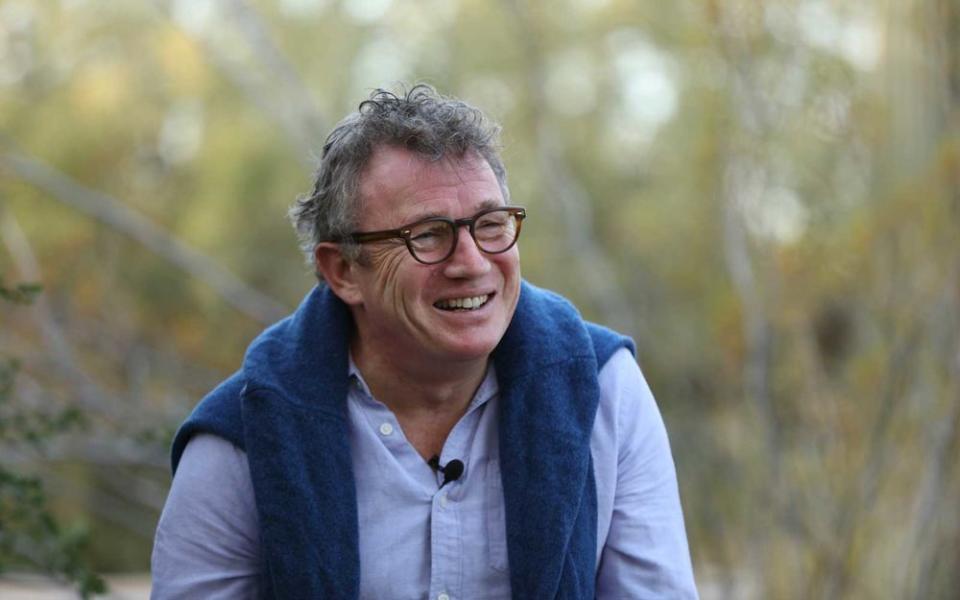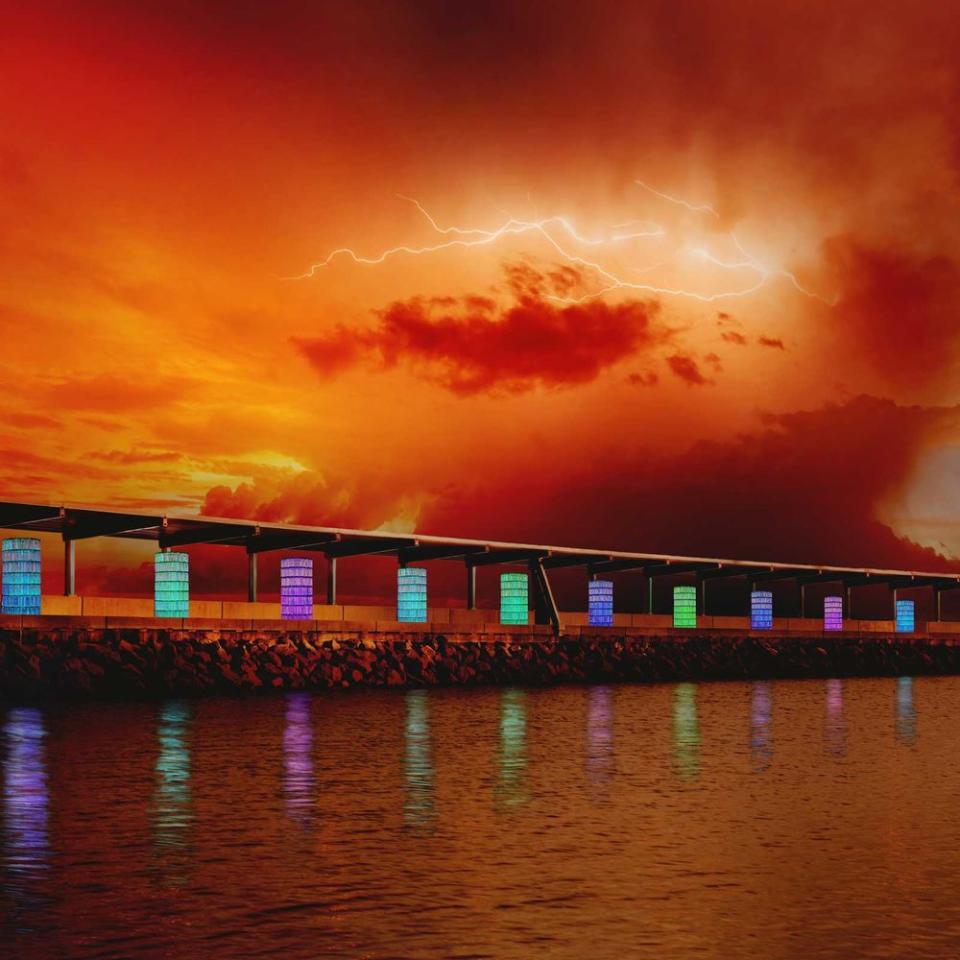Artist Bruce Munro Is Lighting Up Darwin, Australia With Eight New Colorful Installations
Almost three decades after his first visit to the Northern Territory, famed British artist Bruce Munro tells T+L’s Siobhan Reid why he’s returning to the state with “Tropical Light,” a bold, eight-sculpture installation in the capital city of Darwin.

In 1992, I road-tripped from New South Wales to the Northern Territory with my wife, Serena, who was then my fiancée. The 10-week-long, 2,500-mile journey proved to be hugely formative. It was the wet season, and we were camping. There was so much heat and humidity it was like being in the Caribbean. We spent our time taking pictures of the breathtaking sunsets and walking from one end of Darwin to the other.
The city struck me as a unique place. It’s an urban area surrounded by the jungle and the sea, so while you have one foot in civilization, you also feel like you’re on the edge of the world. I was really inspired by the city’s fingerprint and wanted to spotlight its fascinating history, landscape, and climatic conditions, which are unlike anywhere else in the world. For “Tropical Light,” I decided to bring those ideas together through eight site-specific works scattered across Darwin’s central business district and waterfront. A 1½-mile path connects the works, allowing visitors to experience different parts of the city as they discover the sculptures, all of which are inspired by the areas they inhabit. Some are informed by Darwin’s history, others borrow from natural motifs like trees, birds, and sunsets.

Telegraph Rose, for example, was constructed out of 700 vertically oriented fishing rods laid out in the form of Sturt’s desert rose, the Northern Territory’s emblem. The sculpture also features a sound recording of the first international Morse code message—a nod to Darwin’s history as the first Australian city that could send and receive international communication. Another work, Green Flash, is inspired by the eponymous phenomenon, wherein the sun appears to turn green for a second or two before sunrise or after sunset. At dawn and dusk, the sculpture of 2,500 illuminated bottles morphs through an array of colors, flashing green for the briefest of moments. Like the real thing, you have to keep your eyes peeled, or else you’ll miss it.
Munro’s “Tropical Light” will be on view until April 30, 2020.

